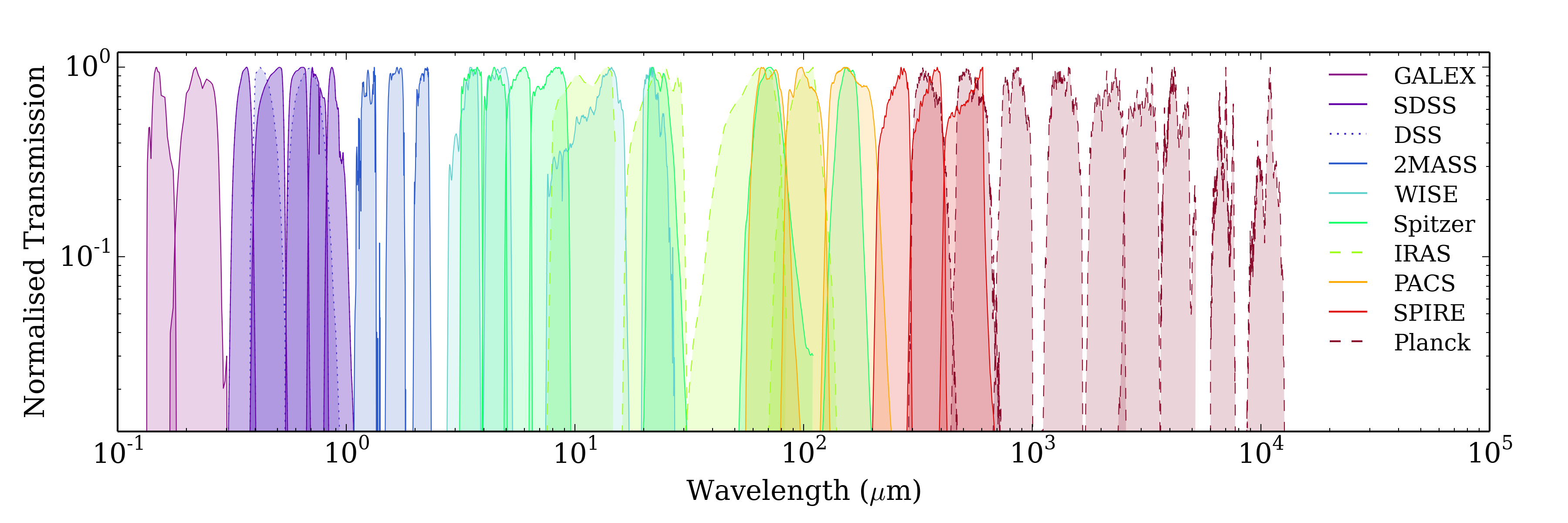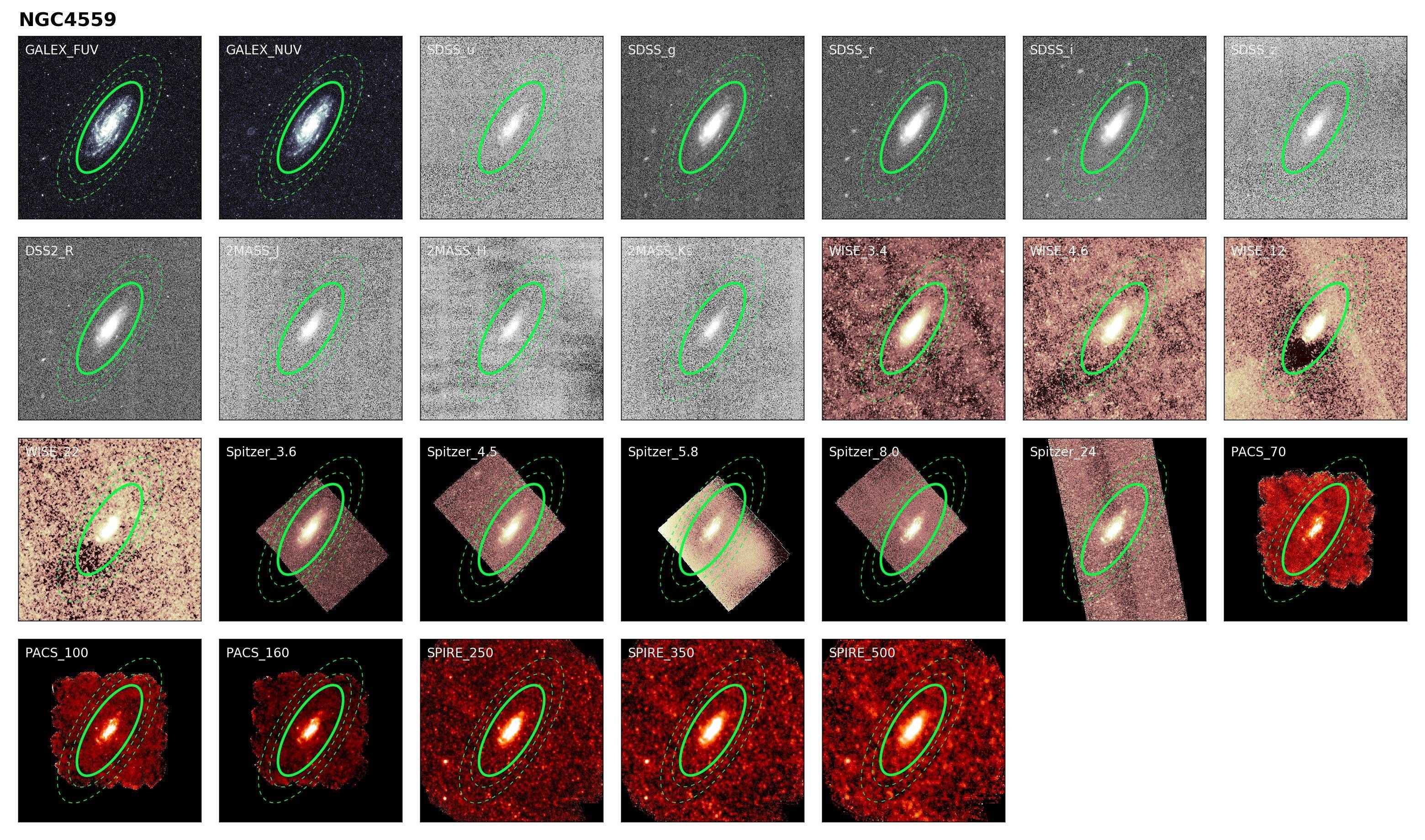DustPedia releases its rich database
The European DustPedia project is capitalising on the legacy of the Herschel Space Observatory, using cutting-edge modelling techniques to study dust in the 875 DustPedia galaxies - representing the vast majority of extended galaxies within 3000 km/s that were observed by Herschel. This work requires a database of multiwavelength imagery and photometry that greatly exceeds the scope (in terms of wavelength coverage and number of galaxies) of any previous local-Universe survey.
The DustPedia team, including Simone Bianchi (co-PI of DustPedia) and Viviana Casasola of the Arcetri Observatory, constructed a database containing dedicated Herschel reductions, along with standardised archival observations from GALEX, SDSS, DSS, 2MASS, WISE, Spitzer, and Planck. The Arcetri DustPedia node was busy in the quality check of final data.
Using these data, the DustPedia team performed consistent aperture-matched photometry, which was combined with external supplementary photometry from IRAS and Planck. The DustPedia paper Clark et al. (2017), led by Christopher Clark of the Cardiff University, presents the multiwavelength imagery and photometry across 42 UV-microwave bands for the 875 DustPedia galaxies. Figure 1 shows the DustPedia spectral coverage.

Figure 1: Illustration of the spectral coverage provided by the DustPedia database, showing filter response functions of all bands for which DustPedia presents data. The data provides complete sampling of over five orders of magnitude in wavelength. Response functions of the bands for which DustPedia presents both imagery and aperture-matched photometry are traced with solid lines. Bands for which DustPedia presents supplementary external photometry are traced with dashed lines. Bands for which DustPedia presents imagery only are traced with dotted lines.
The aperture-matched photometry, combined with the external supplementary photometry, represents a total of 21,857 photometric measurements. A typical DustPedia galaxy has multiwavelength photometry spanning 25 bands. An example of the final master aperture for a given source, applied to all bands, is shown in Figure 2 for the galaxy NGC 4559.

Figure 2: Photometry thumbnail image grid for the galaxy NGC 4559. DustPedia gives an image like this for every source. Solid lines show master aperture, whilst dashed lines demark background annulus.
The science within DustPedia is fast 'exploding' (e.g., Davies et al. 2017, Casasola et al. 2017, Clark et al. 2017), and 8 other works in advanced stage of preparation, on low metallicity galaxies, elliptical galaxies, morphological classification, extended dust in edge-on systems, radiative transfer modelling, scaling laws, global dust absorption, and environmental effects.
The rich DustPedia database of imagery and photometry is being made available to the community, and the DustPedia team encourages its use.
For info: Questo indirizzo email è protetto dagli spambots. È necessario abilitare JavaScript per vederlo. and Questo indirizzo email è protetto dagli spambots. È necessario abilitare JavaScript per vederlo.
References:
DustPedia: Multiwavelength Photometry and Imagery of 875 Nearby Galaxies in 42 Ultraviolet--Microwave Bands, Clark et al. (2017), arXiv170805335C, A&A in press
Radial distribution of dust, stars, gas, and star-formation rate in DustPedia face-on galaxies, Casasola et al. (2017), A&A 605, A18
DustPedia: A Definitive Study of Cosmic Dust in the Local Universe, Davies et al. (2017), PASP, 129, 044102



